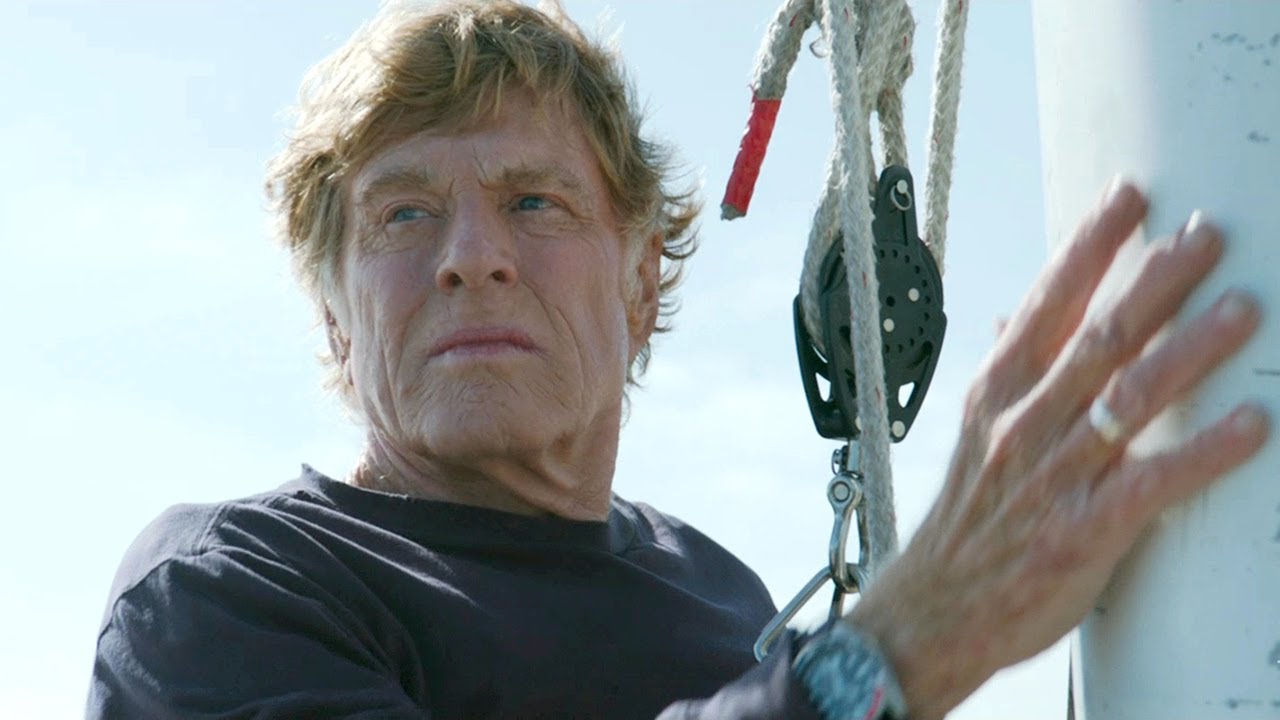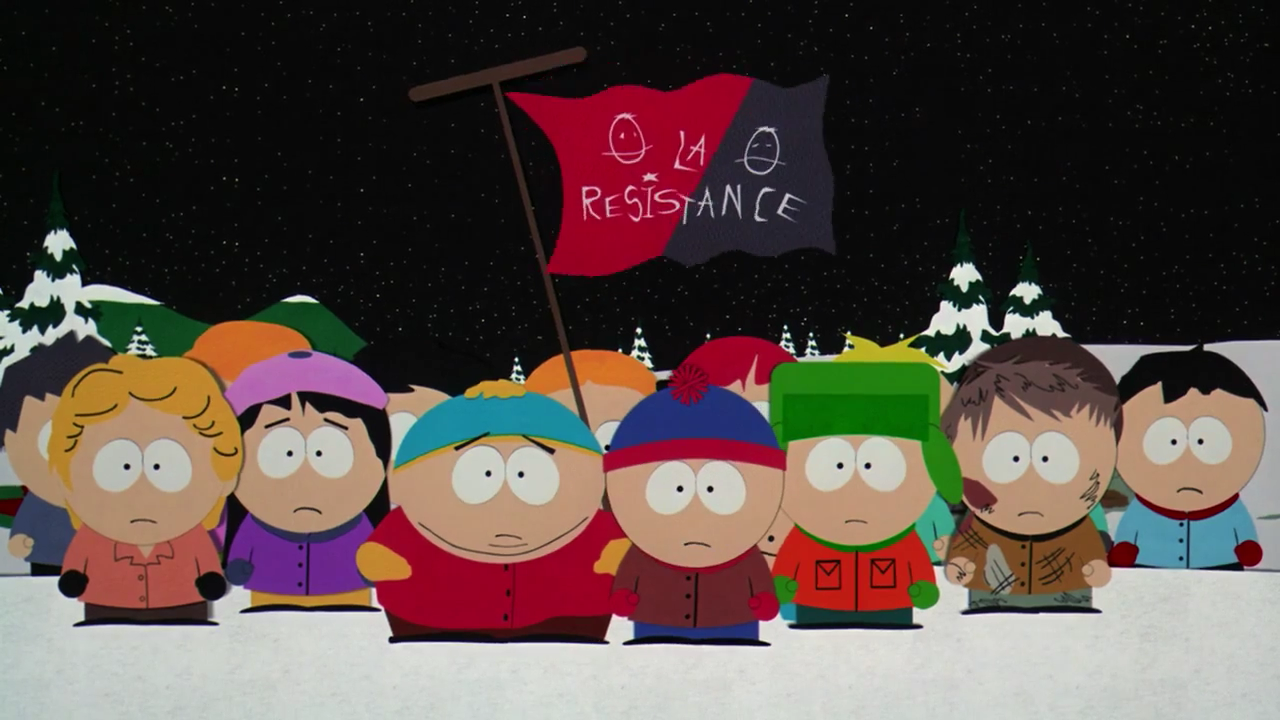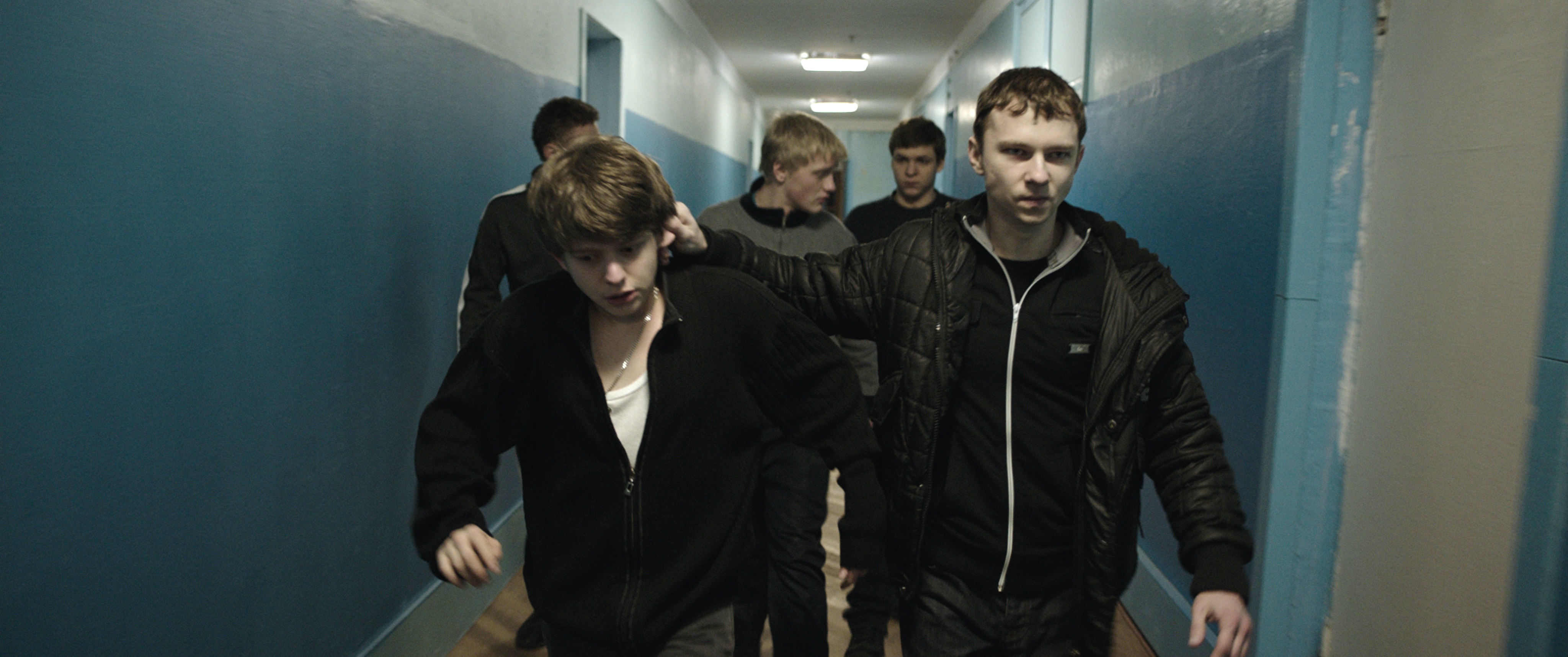I’ve always preferred films that opt to trap you within the multiple layers of their visually crafted stories. I believe dialogues are an accessory, and there is nothing that cannot be conveyed through the use of perfectly synchronized facial expressions and the environment surrounding that specific character. Obviously, this is a scrupulous task and demands a considerable weight to every part building up to your special moments. Except for the silent classics who had proudly mastered this technique, there are many sound films that concentrate on specific themes so that the they can express themselves through images only. They are thematically minimalist and the scarcity of dialogues is an extension of their motif.
This list features movies where one or more protagonists of the movie have no dialogues at all (there are a couple of exceptions with one or two lines). This does not include characters that stay mute for long phases of time yet have a significant amount of lines, like Jeff Costello from ‘Le Samourai’ or The Chief from ‘One Flew Over The Cuckoo’s Nest’. Here is the list of great movies where the protagonist never speaks:
12. Koshish (1972)

I first came across ‘Koshish’ after I overheard my mom talking about some boring Hindi films she had watched. Knowing her taste in films, I immediately searched for it and the premise stunned me, I never expected an Indian film to explore such territories. This movie is by one of India’s most underappreciated directors, Gulzar, whose work is as warm and poetic as the Tramontane of Europe. It revolves around the life of a deaf and mute couple, who try to make a living in a world that is indifferent to them. It follows the male protagonist, especially, how he learns to embrace life even after the demise of his partner, and raises his son to accept the deaf girl he loves.
11. Crime Wave (1985)

Not to be confused with Sir Booms-A-Lot’s ‘Crimewave’ that came out in the same year, ‘Crime Wave’ is an indie feature by John Paizs who directed, wrote and acted in the movie. Paizs’s character doesn’t speak a single word in the movie, as the story is narrated by the female lead. Paizs plays a struggling screenwriter who aspires to make the greatest color crime movie, but finds himself in a situation we are all a victim of : he can generate the beginning and the end, but can never fill in the middle. Though the premise sounds pretty normal, the movie is twisted and dark, and probably one of the greatest screenplays I’ve ever come across.
10. All Is Lost (2013)

‘All Is Lost’ does have Robert Redford utter a few lines on a couple of occasions, but that’s pretty much it as the rest of the movie only contains his body’s pleas for help against the echoes of the thundering storm. Take a look at his filmography, and you’ll notice his works were always meticulously written. Hence, watching him in this minimalist experimental film from Chandor was obviously a big surprise. I’ve heard people complain about this being nothing more than an episode for National Geographic, but I believe this is where the movie’s achievement lies. The stupendous technical achievements combined with Redford’s emphatic acting keep you on the edge of the seat, despite the opening shot hinting at a hopeless situation.
9. Valhalla Rising (2009)

Evocative. Beautiful. Feels like an allegory, that Refn was always dreaming to make. If you are a person, who watches a movie to experience something unique, something extraordinary, then ‘Valhalla Rising’ is the movie for you. It stumps you with its grim beauty, it’s love for the shades of red, it’s eerily calm brutality, it’s aspiration to plunge into the dark hollow depths of the idea of religion and it’s dexterity to portray this with the scent of Valhalla and the Norse mythology surrounding it, is remarkable, and executed with a flair that has become sort of a trademark for Refn. Mads Mikkelsen makes the film revolve around him with his trademark ‘rattlesnake’ performances, striking fear through his body language . His character bathes in menace and his existence an ambiguity, that opens interpretations of him being an incarnation resembling the Norse god Odin.
8. A Night At The Opera (1935)
_02.jpg)
Though Harpo Marx wasn’t the main protagonist of the film, he is regarded as one of the greatest mime artists in the history of sound films and it’d be a sin to not include him on this list. ‘A Night at the Opera’ was a huge change for the Groucho brothers, and probably was to comedy what ‘Casablanca’ was to romance films. Harpo to a great extent could be considered a pioneer for silent comic characters, who prefer visual gags over dialogues, with eccentric mannerisms. The film does have some vaudeville elements, but mostly concerns itself with the deconstruction of the opera, considered to be a sacred destination for art. The film is played in a stage-like dramatic manner, which draws a fine line to distinguish its brand of comedy.
7. Jay and Silent Bob Strike Back (2001)

“Say it, don’t spray it!”. C’mon Jay, Silent Bob’s finally uttered his first words in the movie and this is your reaction? Silent Bob is a recurring character in Kevin Smith’s universe (View Askewniverse) and is played by Smith himself, beginning from his 1994 cult hit ‘Clerks’. After 4 films, the fan favorite duo of Jay and Silent Bob were finally given their own film, which involves a hell lotta meta references. Silent Bob only speaks during two instances and it’s hilarious to watch him shut down Banky after fighting off Mark Hamill! But, I must remind you, much of the film can only be understood if you’ve watched the other Kevin Smith films.
6. South Park: Bigger, Longer and Uncut (1999)

“hmhhmm mumm mhmhmm nmnmhm” were poor Kenny’s last words before he died for our sins. Kenny, as most ‘South Park’ fans might be aware of, is one of the four protagonists of the TV show and the guy who saves the world in the movie. The movie sticks to the TV show’s motives of spreading morals by being as immoral as possible. But the unusual part is how we get to see Kenny in the after-life, as he was forgotten by both the characters and the show after being killed in each episode. Saving Satan from an abusive relationship involving Saddam Hossein to finally revealing his face, this movie is a must watch for fans of the “mhhmhmm” in the orange jacket.
5. The Holy Mountain (1973)

‘The Holy Mountain’ is a movie that I could barely extract anything from my first watch and I’m waiting for the time when my mind switches from synthwave to tantric music, for a revisit. Except for Jodorowsky’s screams and weird sounds that were dubbed on for The Thief, the hippie Christ doesn’t have dialogues and is as tranced by the events of the movie as the audiences. Most of the lines are spoken by The Alchemist (played by Jodorowsky), and is understood since they are dampened by the raw spirituality only the auteur’s mind is capable of fully comprehending.
4. Trafic (1971)

‘Trafic’ is my favorite film by Jacques Tati featuring his popular character, Monsieur Hulot; with ‘Playtime’ and its marvelously crafted production design settling on a close second. One of the reasons why I love Trafic is its efficiency at splashing chaos all around the portrait of a man who cannot board the train to the present. Many found it to be his least engaging film, inclining towards the point of abstraction, which in my opinion was the strongest point since it places our beloved character in an exasperating farrago of distortions. In a career that gifted France a new path towards comedy, this is probably Tati’s most personal work and reflects his own condition during his last days as an actor.
3. The Tribe (2014)

‘The Tribe’ along with ‘Mud’, are my favorite coming of age movies from this decade. Their worlds are probably separated by a million light years as Mud portrays the blooming of a boy against the vast picturesque landscapes of the South while Plemya portrays the death of innocence inside the cold walls of the Ukrainian crime world.The movie takes place in a hostel for the deaf-and-mute and hence all the conversations take place in the native sign language. The movie like most Eastern European films is ruthless in its depiction of the events, that are surprisingly reflective of the current state of affairs in the region.
2. Sympathy for Mr Vengeance (2002)

Before Park Chan-wook swept international audiences off their feet with his Korean Reniassance classic ‘Oldboy’, he made ‘Sympathy for Mr Vengeance’, the first part of the Vengeance Trilogy. The protagonist of the film played by Shin Ha-kyun is a deaf and mute factory worker who sacrifices his kidney and humanity for his ailing sister. Though the movie is not as ghastly as Oldboy, it does full justice to its primary theme of vengeance and has a very justifiable cause for the perpetrator’s actions, carried out by the unrelenting Song Kang-ho (‘Memories of Murder’). Korean films contain a twisted sense of humor, an inseparable part of their extremity, also conveyed by their polarized characterization which gives them an emotional foundation.
1. The Texas Chainsaw Massacre (1975)

If there is a massacre in this movie it is of sanity and reality. Sanity of the character, who would never recover from something as horrific as having Leatherface and family serving you your friends for dinner. Reality for us, because even the slightest thought of ‘The Texas Chainsaw Massacre’ existing is mind-splitting, and to add to the injury, this was inspired by the real life actions of Ed Gein. Though icons like Freddy Krueger, Michael Myers and Jason Voorhees have achieved their status with a long run of films, it should be noted that Leatherface needed only one (well Hooper, to positive effect, made a mockery out of him in part 2). He has a bull’s strength and a disturbing squeal that reminds of animal trapped in a snare, and the visual hysteria is too perplexing for the mind to settle down and analyse what’s truly happening, and this is a great technique to put you in the same boots as the victims’.


You must be logged in to post a comment.